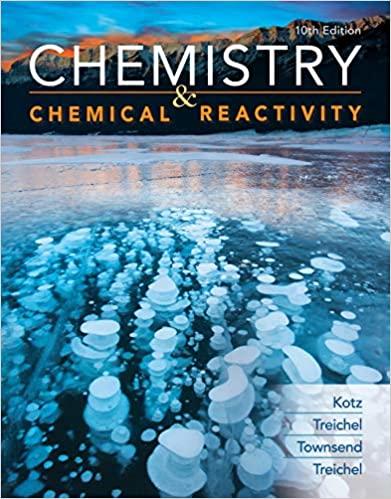You might wonder how it is possible to determine the half-life of long-lived radioactive isotopes such as
Question:
You might wonder how it is possible to determine the half-life of long-lived radioactive isotopes such as 238U. With a half-life of more than 109 years, the radioactivity of a sample of uranium will not measurably change in your lifetime. In fact, you can calculate the half-life using the mathematics governing first-order reactions. It can be shown that a 1.0-mg sample of 238U decays at the rate of 12 α emissions per second. Set up a mathematical equation for the rate of decay, ΔN/Δt = −kN, where N is the number of nuclei in the 1.0-mg sample and ΔN/Δt is 12 dps. Solve this equation for the rate constant for this process, and then relate the rate constant to the half-life of the reaction. Carry out this calculation, and compare your result with the literature value, 4.5 × 109 years.
Step by Step Answer:

Chemistry And Chemical Reactivity
ISBN: 9780357001172
10th Edition
Authors: John C. Kotz, Paul M. Treichel, John Townsend, David Treichel





